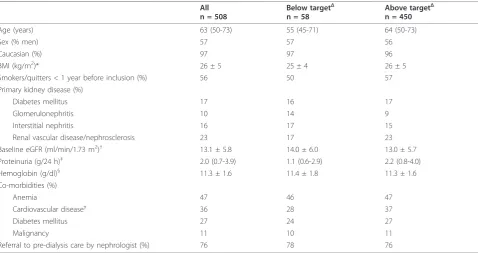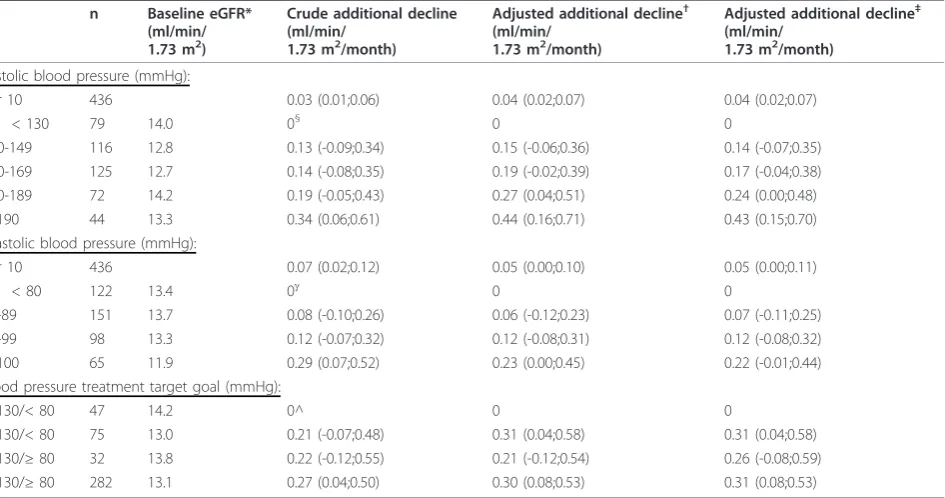Association of blood pressure with decline in renal function and time until the start of renal replacement therapy in pre-dialysis patients: a cohort study
Full text
Figure



Related documents
Transplantation of cadaveric organs raises ethical questions about the dying process, defining death, and bodily integrity (Ramsey, 2002).. The best way to evaluate these
Whenever there is a change in any of these variables or chemical compositions, the tuning parameters of that process must be changed in the proportional, integral, and
In the present investigation, a simple, sensitive, precise and accurate RP-HPLC method was developed for the quantitative estimation of Glecaprevir and
TDDS formulations were prepared and characterized for the tensile strength, percentage elongation, water vapour transmission studies WVT, water vapour absorption studies WVA, FTIR,
Comparisons of some RMT predictions (black curves) with lattice simulations of three-, four- and five-dimensional quenched naive Dirac operators (colored symbols) in the strong
In light of these parallels to cyclin A expression we have ad- dressed the question whether cdc25C had a role during S-phase and provide experimental evidence that in human
First, USP22 has been characterized as a transcriptional co-activator in the context of the SAGA complex (see also the previous paragraph on transcription) [28,29]. Conse- quently,